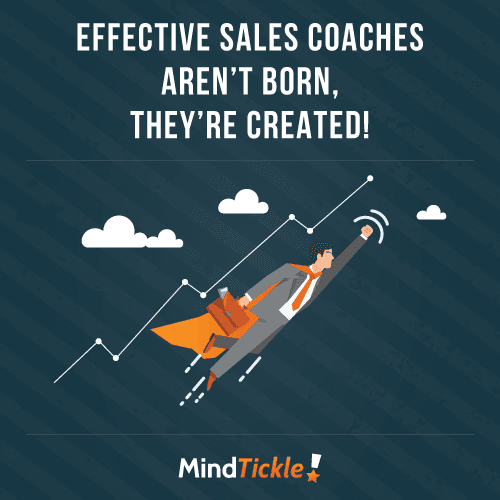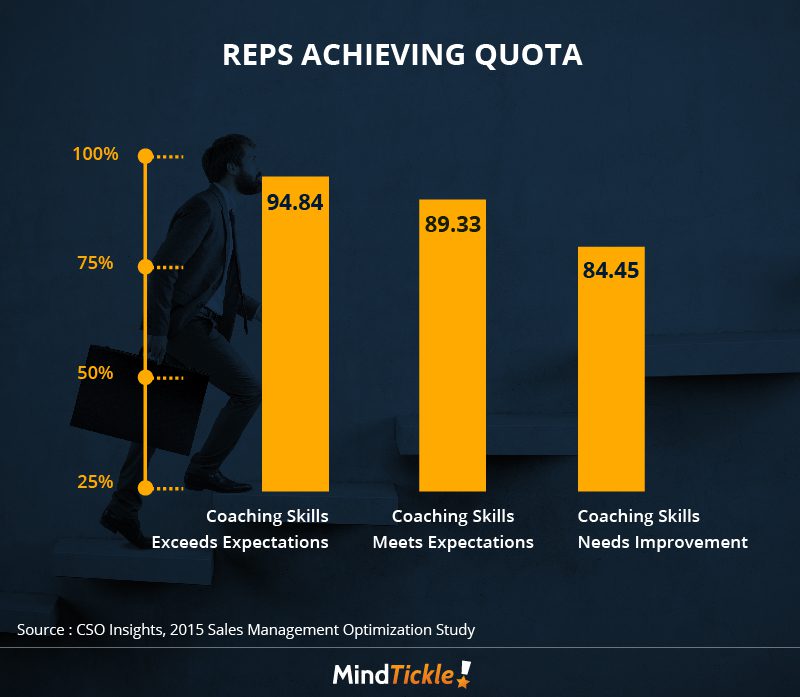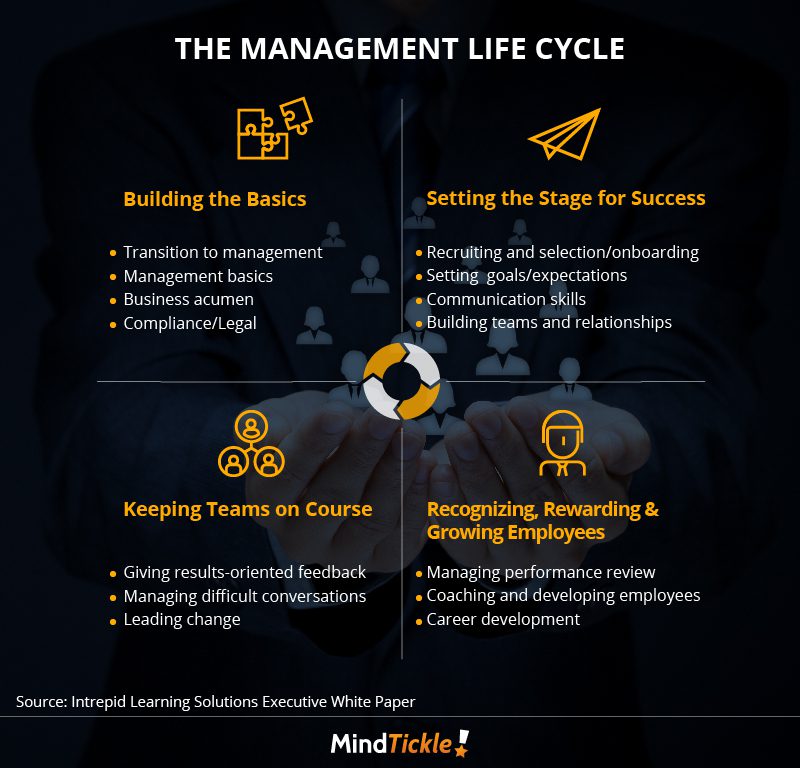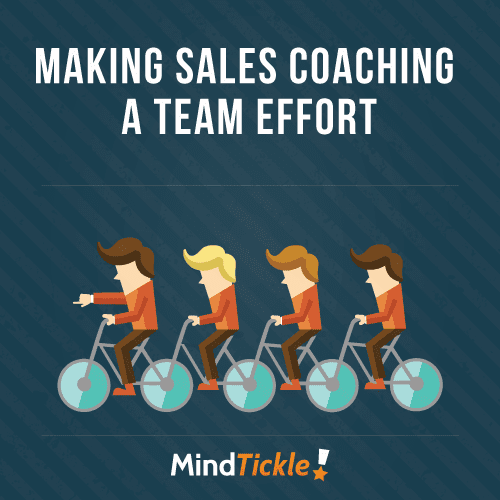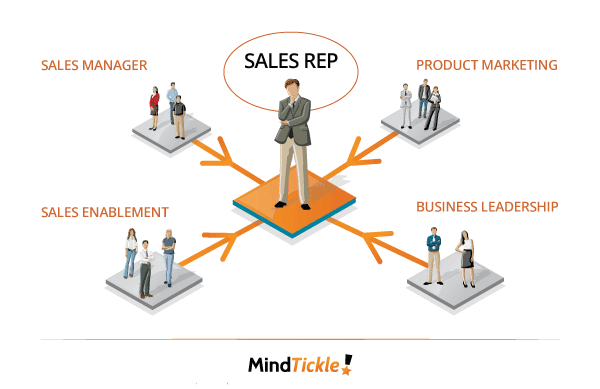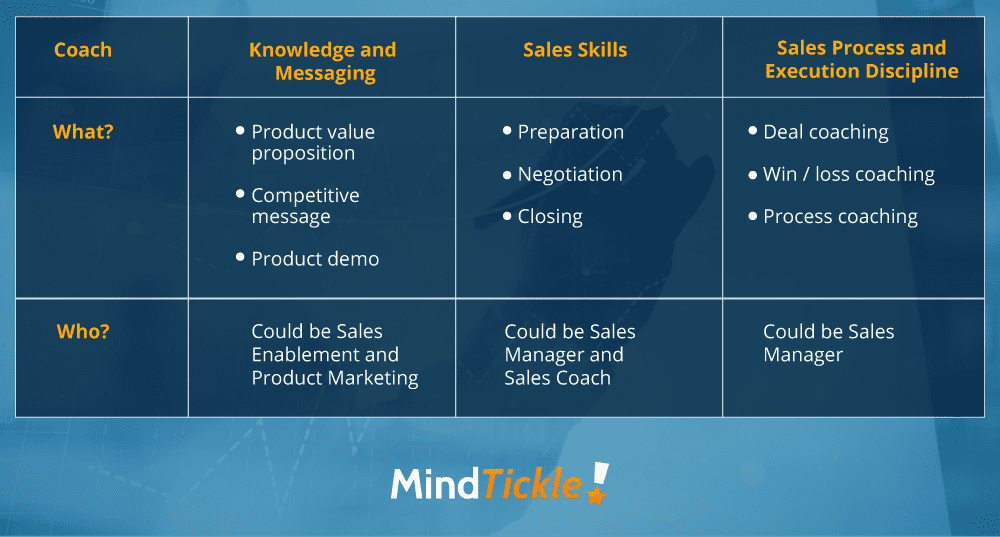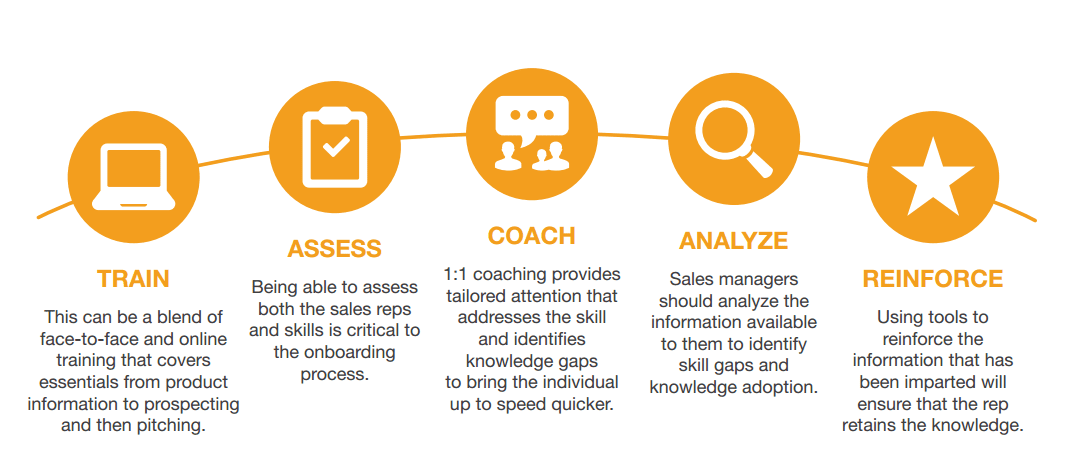Enabling Sales Coaching in the Digital Age
The digital era has arrived and research has found it to be the route to the customer, not the balance sheet. That means the biggest asset a business can have is a foolproof process to engage and convert prospects into customers. But the route to the customer has also undergone considerable changes.
Customers now research your business and competitors at the click of a mouse, reading reviews and seeking out advice without ever leaving their desk. In fact, over 60% of a buyer’s journey is over before they even speak to a sales rep, and it’s estimated that by 2020 customers will manage 85% of their relationship with businesses without talking to anyone. The phenomenon is so common now it’s even got a name, “webrooming.”
Businesses that don’t find new ways to engage and convert prospects will be left behind or disappear completely. In fact, according to Pierre Nanterm, CEO of Accenture digital is the main reason over half the companies on the Fortune 500 have disappeared since 2000.
For sales organizations, the challenge is set.
Sales reps who once relied on the hard sell can no longer bamboozle prospective customers with details about their product features, because the customer may know more than they do. And customers don’t want to hear your pitch anymore, they’ve already read it on your website. What they want is proof that your product or service can solve their problems, data that shows what a difference it can make and facts that prove it’s the best option for them.
While sales managers still need to deliver the same things, from recruitment through to training, coaching and performance management, how they do their job also needs to change with the times. Many managers still spend much of their time focused on their team’s lagging and efficiency indicators. A multitude of reports and meetings are dedicated to order reviews and pipeline management, but how often do sales managers review their sales rep’s effectiveness?
Who is beating their quota? What are they doing well that the other reps aren’t? What knowledge and skill gaps do their individual reps have? Are their reps following the correct process?
This type of behavioural analysis is the first step for managers to be able to codify their best sales practices and identify what individual reps need to achieve results. Traditionally one on one sales coaching has been left in the hands of sales managers, with no real tools or structure to help them make the most of their efforts. In the digital age of sales codifying behaviour is key to achieving predictable sales results. And as a sales manager, if you can predict your sales results you will be successful.
So if codifying behaviour through coaching is the key to success then the problem of selling in the digital age is solved, right? Not exactly.
Sales coaching is still very much the domain of the sales manager and not every manager is cut from the same cloth. Each sales manager has their ow distinctive style. Some mentor their charges to success while others get down and personal to help coach individual reps. Some are confident to the point that they inflict their own style on their reps, whilst others focus more on what’s happening around the business rather than on their team.
This creates a unique sales enablement problem. In order to equip sales reps with the information, tools, and skills they need to succeed in the digital age their managers first need to be enabled to coach them effectively. And as sales managers have their own style, they need to be enabled in a way that gives them the flexibility to add their own personal touch. This can be solved for by using a sales coaching framework that provides both structure and flexibility.
Working closely with our customers we’ve found that there are three main areas where coaching is most effective:
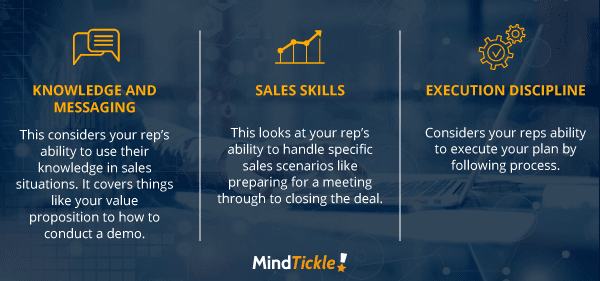

The amount of coaching that is required in each category will depend on your business, your product or service and the experience of your reps. For example, if you’re selling FMCG to mom and pop retail stores then execution discipline is likely to be more important than knowledge. Whereas sales skills are likely to be key if you’re selling a complex enterprise software platform.
In order to be effective your business first needs to identify how important each of these areas is and what weighting each should have in your coaching framework. This then forms the basis for a structured coaching framework that incorporates processes and tools that help sales managers identify what their reps need and how to coach them. The framework moves the focus of sales coaching from addressing a single incident in one meeting, to the overall success of your reps and their cumulative sales outcomes.
Following a sales coaching framework also helps identify the needs of individual reps. While a couple of good reps may have been able to lift an entire team in the past, this isn’t the case anymore. Traditionally sales managers have tended to focus in on the “tails” or their very best and very worst reps, while the majority are left to fend for themselves. Research has found that focusing sales
coaching efforts on the middle 60%
can improve performance by a greater amount than addressing the top and bottom 10%. But there are more people sitting in the middle 60%, which means the top sales coaches need to be enabled to coach everyone effectively.
A sales coaching framework also has the additional benefit of providing a structure that can be leveraged by the broader sales and leadership team. As sales enablement and capability teams become more involved in helping reps sell, they are also taking on some of the responsibility for coaching them. That doesn’t mean that sales managers will eventually have no role in coaching. To the contrary, their role will be able to be elevated to focus in on the more challenging and higher impact opportunities that will make their sales reps not just good but great.


